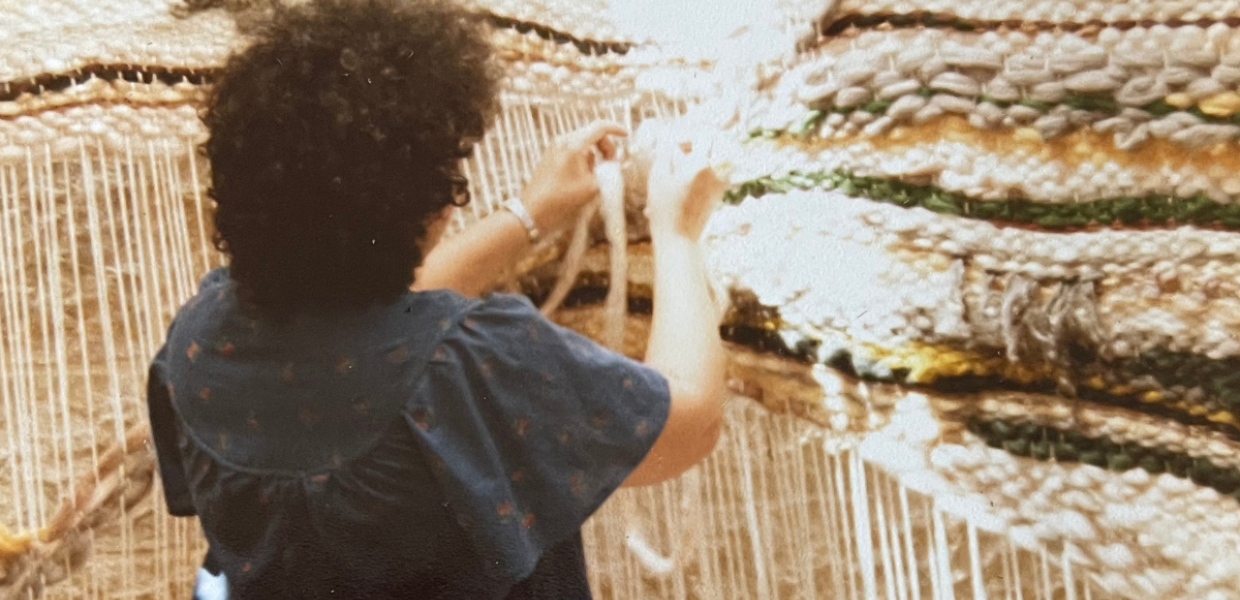I would like to share a personal story – my own moment of digital transformation – which came back to me recently in sharp focus during one of the Europeana New European Bauhaus Cafés. Many years ago, I was a weaver by trade and exhibited as an internationally recognised textile artist. I created all kinds of colourful items of clothing, to sell in craft shops, to pay for more wool and more time to weave. It was never a profitable artistic career or cost-effective industry, so, as most artists and artisans do, I turned to teaching. This was how I first came to work in the Israel Museum – as head of the weaving studio. Inspired by the Bauhaus spirit, we believed in the purity of crafts; to be able to engage with the world through form, texture, and colour. We felt that it was the Museum’s responsibility to make sure that our students could take home a skill that would set them up for a creative and productive life.
However, some time in the late 1980s we realised that these traditional kinds of skills were no longer attractive to our students, and, in a pioneering move, Nurit Shiloh Cohen, Chief Curator of Education, decided that what we needed was a New Media studio! I was sent out to retrain and we purchased our very first set of Macs. From the early 1990s our little studio in the heart of the Museum trained students in the basics of digital production. Only several years later were we able to go online with our little shrieking modem and began to teach web design.
In a not-too-distant future shaped via the New European Bauhaus, what do you hope visiting a cultural heritage institution will be like?
I am waiting for the time that we remove the term ’digital’ from our lexicon and come to terms with the realisation that this is simply the way we do things; in libraries, museums, and archives across Europe.
How can the sector support this vision?
It isn’t a vision; it is a reality and the less we concern ourselves with worrying about it the better we can integrate this way of doing things to become productive and creative individuals.
New European Bauhaus encourages interdisciplinarity - Commissioner Mariya Gabriel has described it as ‘a bridge between the world of art and culture on one side and the world of science and technology on the other’. How can the cultural heritage sector work with other sectors to make a contribution to the initiative?
In my role as a Senior Curator of New Media at the Israel Museum I realised over the years that each of these worlds spoke their own language and it was up to my team and I to find a shared vocabulary to enable fruitful conversation. In the museum we really had to bridge the different mindsets. Curators were speaking in jargon when they described their collections and the tech team had their own language and terms. It meant we had to constantly shift between the two worlds. That’s the lesson that could inform the digital cultural heritage sector as we work cross-sector on the New European Bauhaus - acting as a bridge to listen, and learn from one another in order to travel together in an informed and creative shared journey.




